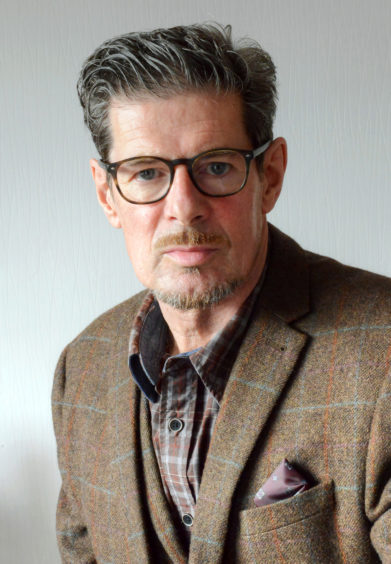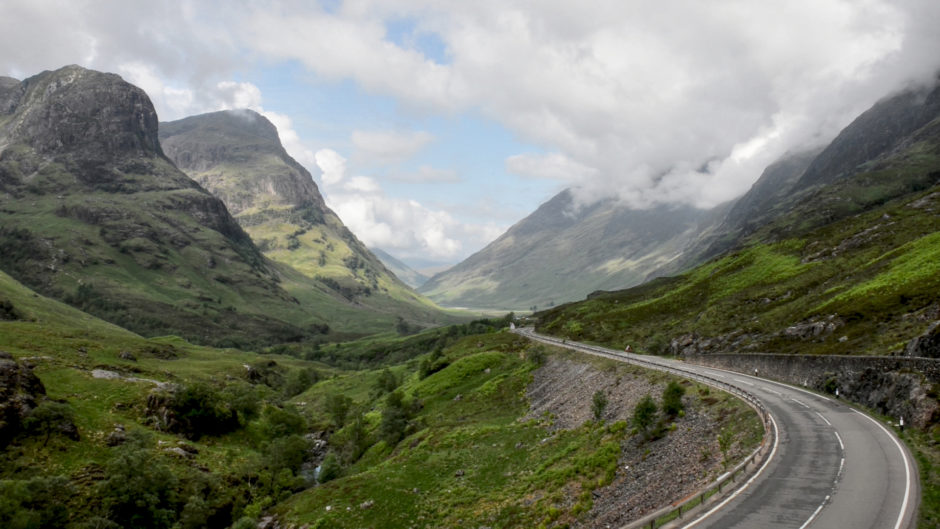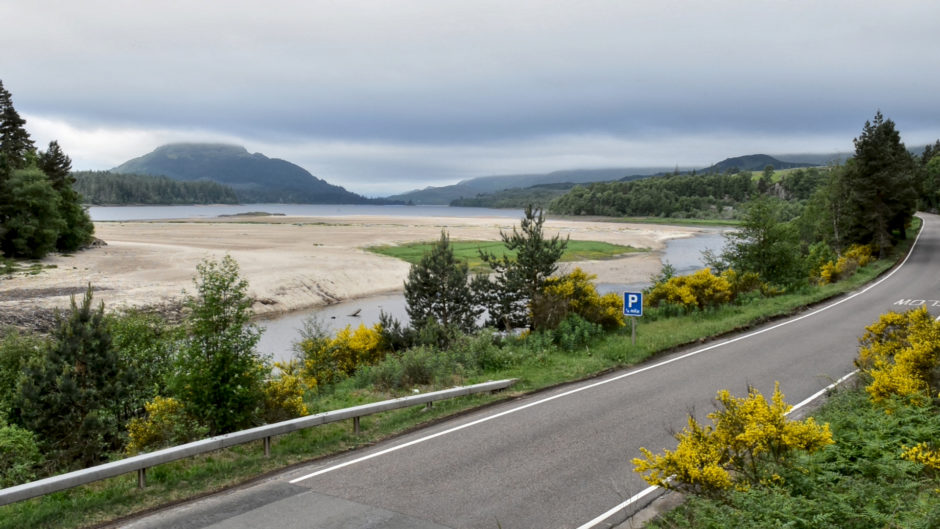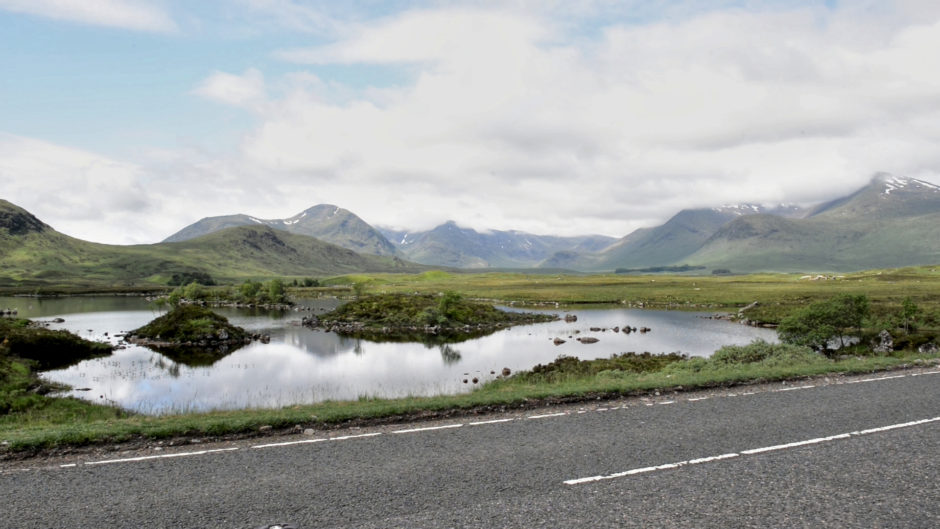Renowned whisky writer James Mortimer has produced a short film called The Whisky Road, which travels from Glasgow through 200 miles of stunning Scottish scenery to Keith in the heart of Speyside. On the way it passes close by 50 famous whisky distilleries, 20 of which have visitor centres and are featured in the film.
After a long career as a professional photographer, James reveals he has often been intrigued when watching movies and short videos.
“I find it fascinating that some film directors can use their imagination to create a memorable and coherent story from short clips of moving film, sometimes only one or two seconds in length,” he muses.

“Action movies are particularly challenging as some scenes, which are maybe only a minute or two long, can include 60 or more short clips, using two, three, four or more cameras.
“All of this action is then edited into a fluent section of moving film.”
The “extraordinarily beautiful” scenery between Glasgow and Speyside, together with James’ love of cars and driving, led to the easy decision to make a slight career diversion.
“I decided I would use my knowledge of whisky distilleries, the outstanding backdrops on the route I had chosen and attempt to make a short film,” he says.
Using four cameras manned by friends to catch predetermined scenes which when edited would reflect, realistically, the journey between Glasgow and Keith, the 10-minute film is made up of around 300, mostly two second clips, each of which had to be colour-corrected so they all matched each other, then edited in an order which made sense when viewing the completed film.
“Developing the idea and drawing up the story-board was especially enjoyable,” James reveals. “Deciding how to portray a particular scene which I could imagine in my mind’s eye kept me busy for weeks at a time.
“Drawing the story-board and explaining how I hoped to film each sequence was challenging but fulfilling.”
Other challenges included filming in a public spaces, “avoiding the hundreds of white camper vans which would drive into shot while filming a particular stunning scene,” says James.
“Oh, and the traffic! We started every filming day at 4am and would usually have to finish filming around 10am. Quite a few scenes involved me setting up the cameras at the correct exposures, and to get the composition I wanted, then leaving a friend to watch the cameras while I ran back for the car. I had to then drive through the scene, usually three or four times, park up the car and run back to collect my friend and the cameras.
“Standing in the open on Rannoch Moor or Glencoe meant that they had been attacked by hundreds of biting midges before I got back to them. My job was probably the easiest, and certainly the least itchy!”
The Whisky Road is on the Vimeo film channel.
“Ideally the film could be used as a tourist aid for whisky lovers travelling to Scotland for a visit or a holiday,” says James. “It would be great if it could be shown at airports, hotels, travel agencies, car hire firms – in fact, any business anywhere which has a screen.”












